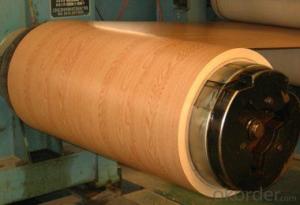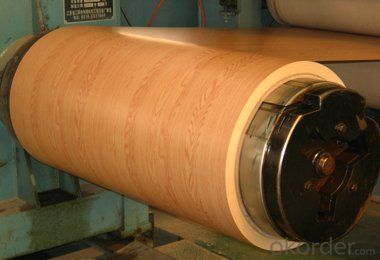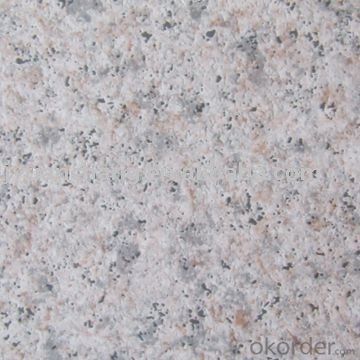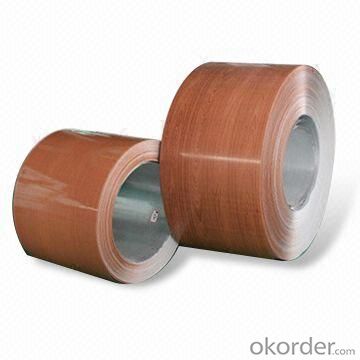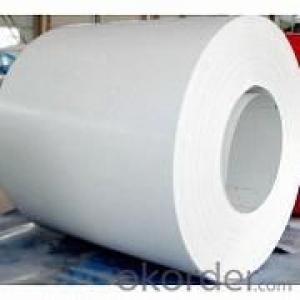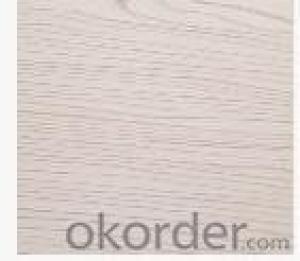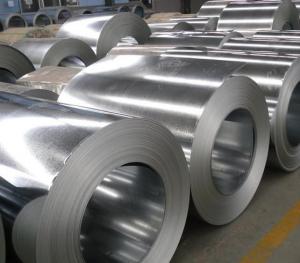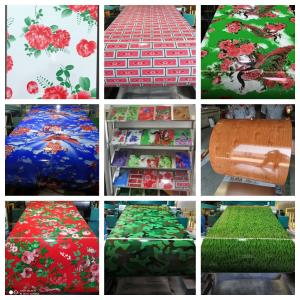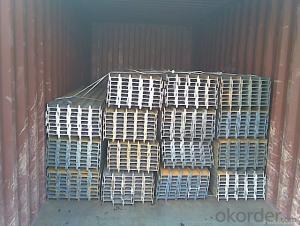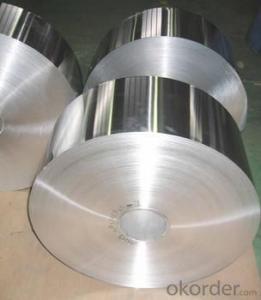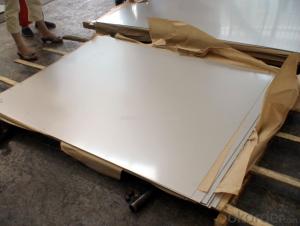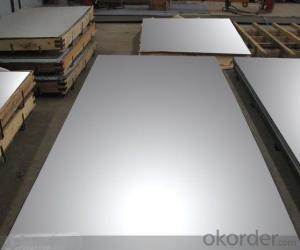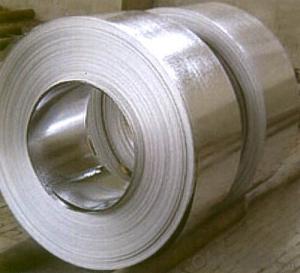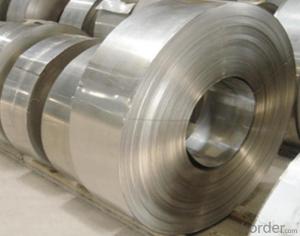Marble pattern PPGI PPGL Color coated steel coils
- Loading Port:
- Shanghai
- Payment Terms:
- TT OR LC
- Min Order Qty:
- 50 m.t.
- Supply Capability:
- 100000 m.t./month
OKorder Service Pledge
OKorder Financial Service
You Might Also Like
colour coated steel
painting colour steel , zinc coated steel , lead coated steel
Standard: | AISI,ASTM,BS,DIN,GB,JIS | Grade: | DX51D,SGCC,SPCC,CGCC | Thickness: | 0.17-1.5mm |
Place of Origin: | Taian China (Mainland) | Brand Name: | HengJi | Model Number: | HJ |
Type: | Steel Coil | Technique: | Cold Rolled | Surface Treatment: | RAL color cremated, oiled, skin passed |
Application: |
building metal roofing components,house appliance | Width: | 914-1250mm | Length: | customized |
price: | favorable price | Our Customers | Steel force, Stemcor, Duferco, Samsung , G&G,Hyosung,CNBM |
Packaging & Delivery
Packaging Detail: | standard export packing or customized |
Delivery Detail: | 15 days after prepayment |
Specifications:
galvanized steel coil:
1.Thickness:0.17mm-1.5mm
2.Zinc coated:40g-275g/2
3.Standard:dx51d+z,sgcc
We manufacture Galvanized Steel Coils,Pre-painted Galvanized Steel Coils , etc
Prepainted steel coil features:
1. Zinc coating :40-120g(as reauired)
2. thickness:0.17-1.2mm
3. width:914-1250mm(900mm,1215mm,1250mm,1000mm the most common)
4. coil id:508m610mm
5. coil weight: 3-12(as required)
6. surface treatment:RAL color
Galvanized steel coil features:
1. Zinc coating :40-275g( as required)
2. thickness:0.17-1.2mm
3. width:914-1250mm(900mm,1215mm,1250mm,1000mm the most common)
4. coil id:508m610mm
5. coil weight: 3-12(as required)
6. surface treatment: cremated, oiled, skin passed
7. Spangle: regular,small, zero
8.Application: With excellent cold bending molded manufacturablity, good decoration effect, strong anti-corrosion ability, galvanized steel coils and sheets are also pollution-free and easily recycled. Accordingly, they can be used as final products and basic plates of color coated steel coils and widely applied in construction, home appliances, decoration, ect.
Product name | steel coil,galvanized steel,galvanized steel coil |
Material | DX51D, SGCC, SPCC, CGCC, DX51D |
Normal thickness | 0.17-1.2mm |
Normal width | 900mm,914mm, 1000mm, 1200mm, 1220mm, 1250mm |
Coil weight | 3-12ns |
Certificate | BV & SGS |
Original | Shandong,China |
Payment terms | L/C or T/T |
Delivery time | within 15 ~ 25 days after 30% prepayment |
- Q: What are the main factors affecting the embrittlement of steel strips?
- The main factors affecting the embrittlement of steel strips include the presence of impurities, exposure to high temperatures, mechanical stresses, and the type of alloy used.
- Q: What are the factors to consider when selecting steel strips for a specific application?
- When selecting steel strips for a specific application, several factors need to be considered. These include the desired mechanical properties such as strength, hardness, and ductility, as well as the required corrosion resistance. Other factors to consider are the dimensions and thickness of the strips, the manufacturing process, and the intended environment and conditions of use. Additionally, cost, availability, and any specific industry standards or certifications may also influence the selection process.
- Q: How are steel strips formed into various shapes?
- Metal forming is the process through which steel strips are transformed into different shapes. Various techniques can be employed to accomplish this, including hot rolling, cold rolling, and stamping. Hot rolling involves heating steel strips above their recrystallization temperature and then passing them through a series of rollers to achieve the desired form. The elevated temperature renders the steel more malleable, facilitating easy bending and shaping. This method is commonly utilized for producing bars, beams, and tubes. In contrast, cold rolling entails passing the steel strips through rollers at room temperature. This approach is typically employed to create thinner and more precise shapes, such as sheets and foils. Additionally, cold rolling can enhance the surface finish and mechanical properties of the steel strips. Stamping represents another technique for shaping steel strips. This process involves utilizing a die to press the steel strip into a specific form. The die, usually composed of hardened steel, possesses the desired shape engraved on it. The steel strip is positioned between the die and a punch, which applies pressure to deform the material and replicate the die's shape. In summary, the formation of steel strips into diverse shapes relies on the application of heat, pressure, and mechanical force. The choice of method depends on the desired shape, size, and properties of the final product.
- Q: Are steel strips suitable for making aerospace components?
- Yes, steel strips can be suitable for making aerospace components depending on the specific requirements and applications. Steel strips offer several advantages such as high strength, durability, and resistance to corrosion, which are important characteristics for aerospace components. They can be used in various applications including structural components, fasteners, and landing gear parts. However, it is important to consider other factors such as weight, fatigue resistance, and temperature limitations when selecting materials for aerospace components. Different types of steel and other materials like aluminum or titanium may be more suitable for certain aerospace applications, so a thorough evaluation of the specific requirements is necessary before determining the suitability of steel strips.
- Q: What are the different methods for coating steel strips?
- There are several methods for coating steel strips, including hot-dip galvanizing, electroplating, powder coating, and organic coating.
- Q: Are steel strips suitable for machining or drilling operations?
- Yes, steel strips are suitable for machining or drilling operations. Steel strips are typically made from high-strength steel alloys, which make them ideal for various manufacturing processes including machining and drilling. These strips can be easily shaped, cut, or drilled to meet specific design requirements. Additionally, steel strips offer excellent durability and resistance to wear, making them suitable for heavy-duty machining or drilling applications.
- Q: How are steel strips used in the production of medical implants?
- Steel strips are used in the production of medical implants as a raw material that can be shaped, cut, and formed into precise components such as screws, plates, or rods. The steel strips provide the necessary strength, durability, and biocompatibility required for these implants, ensuring their long-term stability and functionality within the human body.
- Q: How are steel strips protected against UV radiation?
- Steel strips are commonly protected against UV radiation through the application of coatings or paints that contain UV-resistant agents. These coatings create a barrier between the steel surface and the harmful UV rays, preventing the strips from undergoing degradation or discoloration caused by prolonged exposure to sunlight.
- Q: What are the different surface coatings available for steel strips?
- There are several different surface coatings available for steel strips, each offering unique benefits and characteristics. Some of the common surface coatings include: 1. Zinc Coatings: Zinc coatings are widely used to protect steel strips from corrosion. These coatings can be applied through various processes such as hot-dip galvanizing, electroplating, or zinc-rich paint. Zinc coatings provide excellent corrosion resistance and can be used in various environments. 2. Organic Coatings: Organic coatings, such as paints or powder coatings, are often used to provide an aesthetically pleasing appearance to steel strips. These coatings can also provide additional protection against corrosion and can be customized to meet specific requirements, such as color or texture. 3. Phosphate Coatings: Phosphate coatings are applied to steel strips to improve their corrosion resistance and provide a good base for subsequent painting or powder coating. These coatings also enhance the adhesion of organic coatings, making them an ideal choice for applications where paint or powder coating is desired. 4. Chromate Coatings: Chromate coatings, commonly known as conversion coatings, are applied to steel strips to improve their corrosion resistance and enhance the adhesion of organic coatings. These coatings are typically used in industries where high corrosion resistance is required, such as automotive or aerospace. 5. Tin Coatings: Tin coatings are often applied to steel strips to provide a protective layer against corrosion. These coatings are commonly used in food packaging applications, as tin is non-toxic and can prevent the steel from reacting with food or beverages. 6. Aluminum Coatings: Aluminum coatings, such as aluminum-zinc alloy coatings, are used to provide exceptional corrosion resistance to steel strips. These coatings are often used in highly corrosive environments or for long-term outdoor exposure. 7. Epoxy Coatings: Epoxy coatings are applied to steel strips to provide excellent chemical resistance and high durability. These coatings are commonly used in industrial applications where the steel is exposed to harsh chemicals or extreme conditions. It is important to consider the specific requirements of the application when choosing a surface coating for steel strips. Factors such as corrosion resistance, aesthetics, adhesion, and environmental conditions should be taken into account to select the most suitable coating.
- Q: How do steel strips compare to stainless steel strips?
- Steel strips and stainless steel strips have various differences. Steel strips are made from carbon steel, which is an alloy of iron and carbon, while stainless steel strips are made from a combination of iron, carbon, and chromium. This chromium content in stainless steel strips provides superior corrosion resistance compared to regular steel strips. Stainless steel strips are also highly resistant to staining, rust, and oxidation. Additionally, stainless steel strips have a more polished and shiny appearance compared to steel strips. However, steel strips are generally more cost-effective than stainless steel strips. Ultimately, the choice between steel strips and stainless steel strips depends on the specific requirements of the application, including factors such as corrosion resistance, aesthetic appeal, and budget.
Send your message to us
Marble pattern PPGI PPGL Color coated steel coils
- Loading Port:
- Shanghai
- Payment Terms:
- TT OR LC
- Min Order Qty:
- 50 m.t.
- Supply Capability:
- 100000 m.t./month
OKorder Service Pledge
OKorder Financial Service
Similar products
Hot products
Hot Searches
Related keywords
